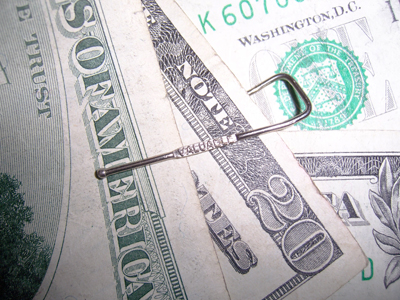All Nonfiction
- Bullying
- Books
- Academic
- Author Interviews
- Celebrity interviews
- College Articles
- College Essays
- Educator of the Year
- Heroes
- Interviews
- Memoir
- Personal Experience
- Sports
- Travel & Culture
All Opinions
- Bullying
- Current Events / Politics
- Discrimination
- Drugs / Alcohol / Smoking
- Entertainment / Celebrities
- Environment
- Love / Relationships
- Movies / Music / TV
- Pop Culture / Trends
- School / College
- Social Issues / Civics
- Spirituality / Religion
- Sports / Hobbies
All Hot Topics
- Bullying
- Community Service
- Environment
- Health
- Letters to the Editor
- Pride & Prejudice
- What Matters
- Back
Summer Guide
- Program Links
- Program Reviews
- Back
College Guide
- College Links
- College Reviews
- College Essays
- College Articles
- Back
The Worth of Money
Throughout the whole novel of The Adventures of Huckleberry Finn, Mark Twain demands change. As Huckleberry Finn was set in the pre-Civil war time period but was written after the Civil war, Twain wishes to prove that society hasn’t changed, and that the Reconstruction was not working well. One way he proves this idea is through the use of money. People were still continuing to equate blacks with property, property which used to be able to be bought with money. Jim, often degraded as a human being by being exchanged through the use of money, represents how the Reconstruction was not working and blacks were still being mistreated.
When Huck Finn first finds Jim on the island after Huck ‘dies’, Jim tells Huck that “I owns mysef, en I’s wuth eight hund’d dollars. I wisht I had de money, I wouldn’ want no mo’” (Twain 47). Jim had overheard Miss Watson debating to sell Jim to Orleans via a slave trader. While Jim was very scared to be sold and ran away, he was proud that he was worth so much money. Representing antebellum society, people were used to thinking of their slaves as property and something that could easily be sold. By saying that Jim was worth eight hundred dollars, Jim believes that he was worth a lot to Miss Watson, and was someone who was very valuable.
However, when the king and the duke sell Jim for forty dollars, it is a direct insult to Jim. Forty dollars is not much at all. The duke and the king only think of Jim as a piece of property, and not a person. “The old fool had made a trade and got forty dollars, and when we found him in the doggery the loafers had matched half-dollars with him and got every cent but what he’d spent for whisky” (216). In other words, the king simply sold Jim for the worth of some whisky. During the Reconstruction, many people still believed that slavery was correct, and didn’t treat the freed slaves properly as a human being, and continued to compare them to the worth of money.
In the end of the book, “Tom give Jim forty dollars for being prisoner for us so patient and doing it up so good, and Jim was pleased most to death” (293). Even after being very mean and basically torturing Jim during his captivity, Tom and Huck believe that forty dollars, a very small amount of money, will make up for what they did to him. However, nothing has changed. Even though Jim is now free and no longer a slave, the other characters don’t act that much differently towards him, which is emphasized when Jim receives the same amount of money that the duke and the king sold him for. Tom still believed that Jim was still someone that could be represented and bought with money. This scene represents the post antebellum view towards the newly freed slaves. Even though blacks were freed after the civil war, society continues to not view them as equals.
Mark Twain uses The Adventures of Huckleberry Finn in order to show how the Reconstruction was failing its purpose of obtaining rights for black Americans. “[Jim] uses a dollar bill to represent the child, implying that the value of a human life in his political economy is reducible to dollars and cents” (Sloan). The book’s political economy is representative of postbellum American society. Society’s views on slaves and black people in general shows that nothing had changed since before the civil war. Even though slaves were technically free, people still discriminated and thought lesser of them. Before the civil war, slaves were mistreated and did not have freedom when they could be bought with money. However, after the civil war, while black people had freedom, society continued to shun them in the same way as before the war.

Similar Articles
JOIN THE DISCUSSION
This article has 0 comments.
